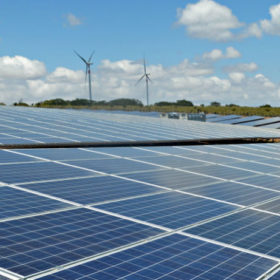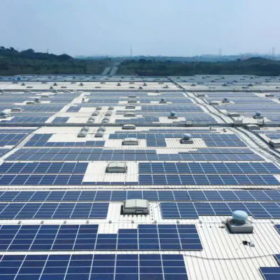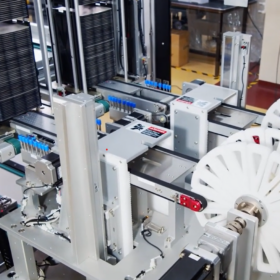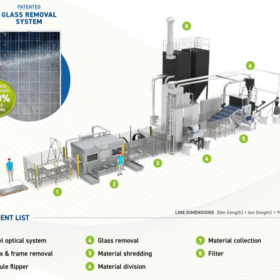Maharashtra retenders 1350 MW ground-mount solar projects
Ceiling tariff is revised to Rs 3.30 per unit for distributed solar projects that shall come up across 30 districts for giving day time power to agricultural consumers in the state. Individual project size is limited to 2-10 MW. Bidding closes on January 29.
AEPPL to invest Rs37.15 billion in second phase of lithium battery plant
The joint venture between Japanese majors Toshiba, Denso and Suzuki will make the investment in the Gujarat plant over the 2021-25 period, having pumped Rs12.5 billion into the first phase of development.
Gayatri Projects completes sale of power assets to Singapore-based Sembcorp
The company sold its 5.95% stake in Sembcorp Energy India—held through subsidiary Gayatri Energy Ventures—for Rs 4067.70 million.
Solar set for boom after a gloomy 2019
Solar installations in year 2020 are set to exceed 10 GW after a year hit by political uncertainties, module price increases associated with safeguard duty and a fewer number of awarded tenders. The outlook for battery energy storage installations for solar projects, however, is bleak as such combinations in India can cost 3-5 times more in 2020 than standalone renewable projects.
Renewable energy MoU with Saudi Arabia gets cabinet nod
Project development and value chain localization are the focus areas for cooperation between the two countries.
TBEA’s new 2 GW factory in India to produce string and central inverters
pv magazine recently attended the opening ceremony of TBEA’s GW-class new energy equipment manufacturing base in Bangalore–the city that also hosted the recent Intersolar India exhibition and conference in the same week as TBEA’s inauguration ceremony.
AIIB approves US$65 million for Hero Future’s 250 MW solar project
The project—located in Jodhpur district of Rajasthan—is being developed by the Indian developer’s special purpose vehicle Clean Solar Power (Jodhpur).
Nuanced renewables need novel risk solutions: India Ratings
While stress in the renewable sector can only be averted if long-term viability of the project is intact, prevention of default due to issues temporary in nature is also the need of the hour—says a report by the ratings agency.
Time has come for battery swapping
Battery swapping is the ultimate expression of a sharing economy in which assets are shared to facilitate business operations—says E-Chargeup Solutions, which recently launched a battery swapping station for e-rickshaws in Noida city of Uttar Pradesh.
Amp Energy installs 8.5 MWp rooftop solar plant for Skoda Auto
Touted to be one of India’s largest rooftop installations, the captive plant uses 25,770 photovoltaic panels covering 63,000 sq.m of available roof space and producing 12.2 million KWh of electricity annually.














